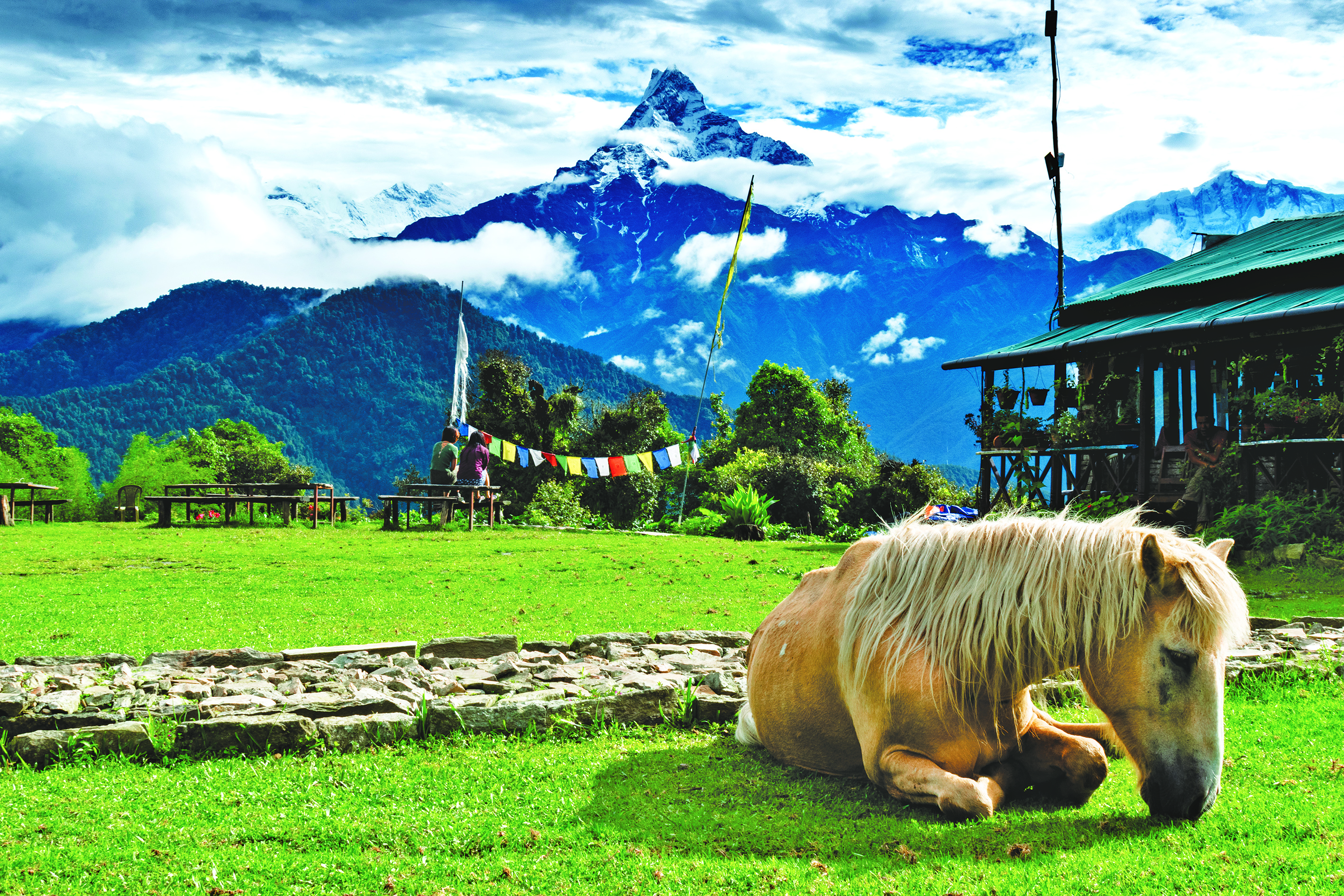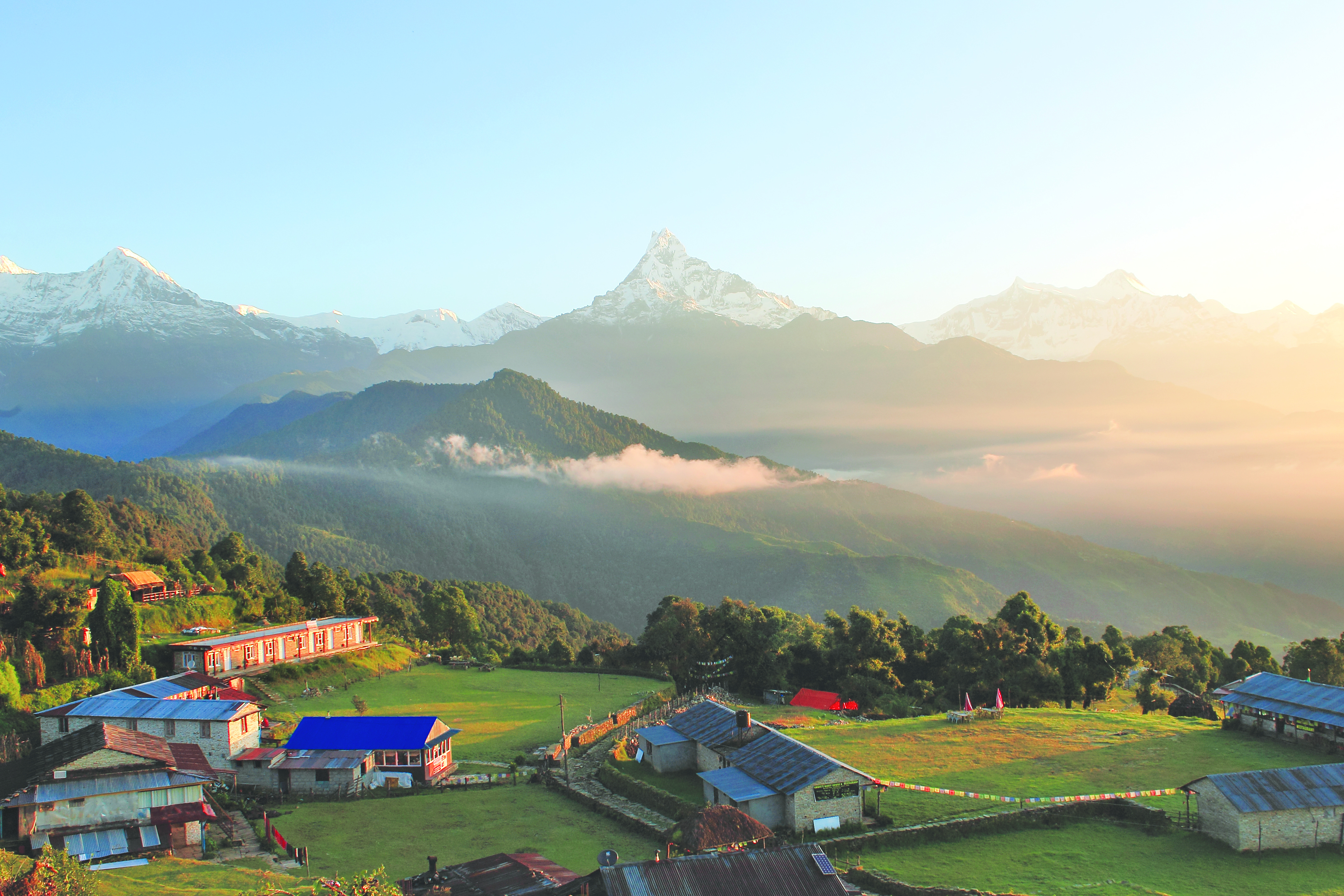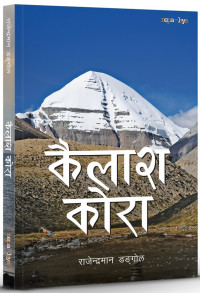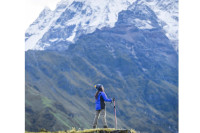Travel
Going local on the Australian Camp
‘It’s about the journey, not the destination,’ they say. On this trip, we lived it.
Ayush Gurung
One winter evening in 2018, as I bid farewell to my friends and departed for our homes, there was excitement in the air. After all, we were leaving on a four-day trip the next morning.
Typical of a bunch of 15-year-olds, we had barely ever trekked in our lives. Having hiked only on short trails around the Kathmandu Valley, we had now decided to go on a trip to get a closer look at the mountains. The trip in question was a lesser-known route to the Australian Camp.
After a few Google searches and a quick call to an agency, we were ready to set off.
The following morning, our journey began. After a seven-hour drive, through the roads and places most of us were familiar with, we reached Pokhara. Our trek was scheduled for the following day, so we were advised to rest well.
Getting advice is one thing and being able to apply it is another. None of us seemed too tired even after the seven-hour drive. We stayed up late, talking about the trek and joking about who would not be able to walk the distance.
After what felt like an eternity, the night passed. It was now dawn and the first day of our trek. We had our breakfast and took a bus ride to Phedi, a village 18 kilometres from Pokhara. We got off at Phedi and started our journey, on foot.
The trail from Phedi to Dhampus was serene, to say the least. It took us through jungles, paddy fields and local civilisations. Although the trek isn’t necessarily arduous, it does test your limits at times. The trail features plain roads, narrow paths through various farmlands and an amusing flight of the stairs. As uncertain as the nature of the trail may be, the welcoming smiles and hospitality are equally certain. Along the journey, you find various individuals to keep you company. Our favourites were the schoolchildren and the mules.
It was almost noon when we reached Dhampus. What we were told was that an hour-long trek had taken us two-and-a-half hours. We settled down in an eatery by the roadside to have lunch and get some much-needed rest. The exhaustion from the trek coupled with the sleepless night was slowly piling on us. But the exhaustion made the lunch much better. The Thakali set there was drastically different from the ones served in fancy restaurants in the Valley. The ingredients were organic and home-grown. The locals tried to persuade us to spend the night in Dhampus and ascend further the next day.

“The mountains look just as beautiful from here. We have cultural dance programmes in the evening. You can experience and learn about the local inhabitants,” the eatery owner told us. “I’ll personally show you around.”
However, the weather had become cloudy and we could not tell if the mountains looked just as beautiful up close. Besides, we were set in our tracks and had decided that we would reach the Australian Camp that very day.
We turned down the hotel owner's offer and set off on our journey again. The trek from Dhampus to the Australian Camp was comparatively easier than the one from Phedi to Dhampus. The nature of the trail remained almost identical, but it was not as steep or narrow.
After walking for two hours, we decided to take a break. By that time, we were in one of the many human settlements we had passed along the way. As we walked through the stone-paved alleys, we noticed a few locals hanging around a small tea shop. They looked at us with welcoming smiles when they saw us approaching. My friends settled on the small wooden benches outside the tea shop as they exchanged greetings.
“Reyngo prairi narai hola (Must have been tired walking this long),” said one of the locals.
“Anaarai muh, toi aatai muh (No, not tired yet. Nothing has happened),” I replied, as I made my way to the shop.
The locals were elated when they heard my reply. “Aachya, kyi Tamu wa? (Aachya, are you a Gurung?),” one of them asked.
“Knihba (Yes),” I replied, clarifying that I did not speak much Gurung and that was pretty much all that I knew.
After a little back and forth about where I was from, and if I was originally from the village or villages nearby, we left the locals behind and continued with our journey.
By the time we reached the Australian Camp, it was half past four. The weather had still not cleared up. But we were hopeful that we would be greeted by the mountains when we woke up. The hope was short-lived. One of the locals informed us that the weather could remain gloomy and not clear up for days. We were disappointed, but we had to remain optimistic. After all, we had not walked all the way up there for nothing.

The houses at the Australian Camp were different from what we had seen along the way. It was fascinating to see how humans had urbanised lands that were seemingly in the middle of nowhere. Although situated at an elevation of 2,045 metres above the sea level and many kilometres away from urban civilisation, the Australian Camp had all the facilities that one could expect—internet, hot water shower, continental meals—but with a price tag, of course.
For our dinner in the evening, we opted for the traditional Thakali rice set. While we waited for our dinner, we peeked at the menu which boasted of a large variety of dishes. Do you want to enjoy a pizza while you watch the mountains or would you like to watch the sunrise on the horizon? No problem. Maybe you’re in the mood for some hot Japanese-style soup. Say no more. They had it all.
After our dinner, we headed for the campfire that was arranged in a nearby open field. We sang and danced the night away with strangers from all over. All of us around that fire were away from home, yet felt like we belonged. Like we were one big family.
We had carried tents and sleeping bags, with plans of spending the night in them, but the weather demanded otherwise. Although very rare, there were chances of rain, since it was still cloudy. We were told that the temperature dropped very low during the nighttime and that it was better to stay indoors. We agreed. The rooms weren’t fancy—two beds and a small table shelf. Just enough to accommodate two people and spend the night.
The next morning, at around 4 o’clock, we heard knocks on the door. “Wake up call for the sunrise and mountain watching,” the voice on the other end said.
Exactly as we were told the previous night, the temperature had indeed dropped pretty low. It was still dark outside and the sun was not out yet. We walked up to the terrace of our hotel and waited anxiously. “Had the weather cleared up or would we have to return disheartened?,” a question all of us had on our minds. Thankfully, a few minutes later, we started to see traces of the Himalayas from the dark. The night sky was lifting and the sun was rising on the horizon. In no time, the mountains showed themselves in full glory. Although not as close as one would have expected, the view was majestic nevertheless.
We had our breakfast and rested before we started our descent. The trek down was rather easy. As much as I would have loved to meet the locals from the tea shop, none of my friends opted for the longer route. So we walked towards Kande instead, which was just an hour away. We boarded a bus from Kande and returned to Pokhara.
A wise man once said, “It’s about the journey, not the destination.” You must have heard and used the phrase multiple times, but I lived it during this trip. Sure, watching the mountains and the sunrise was an experience of a lifetime, but interacting with complete strangers and exchanging stories with them was even better. The campfire may have kept us warm while it lasted, but the warmth from the hospitality and the welcoming nature of the people remains indelible. The destination may be what kept us going, but the journey and the people we met along the way are what made it special.
———————————————————-
Destination: Australian Camp
Getting there: Take a bus from Baglung bus park or Tudikhel to Phedi or Kande. Australian Camp is an hour-and-a-half to three-hour walk, depending on where you start the hike from.
Budget: Around Rs8,000 per person.




 6.84°C Kathmandu
6.84°C Kathmandu










